This is an education resource only. Ordering of all procedure codes on this website are subject to the Canberra Health Services guidelines for imaging orders.
CT KNEE CONTRAST
FOR ALL EXTREMITIES, PLEASE REFERENCE SIDE AND REGION OF INTEREST TO BE SCANNED IN CT REQUEST

INDICATIONS (1-4)
-
Post-Operative evaluation
-
Soft tissue mass of the Knee (X-ray and US non-diagnostic & MRI Contraindicated)
-
Osteomyelitis/Septic arthritis of the Knee:
- Arthroplasty or implanted intra-articular surgical hardware
- X-ray suggests a joint effusion or soft tissue swelling -
Soft tissue infection of the Knee:
- Puncture wound, possible foreign body, joint effusion and/or soft tissue swelling.
- X-ray normal, necrotizing fasciitis highly suspected
- Soft tissue gas on radiography, no puncture wound
- X-ray findings suggest joint effusion or soft tissue swelling
- Infection of knee prostheses
PATIENT PREPARATION
-
Patient able to lie still for ten minutes
-
Not claustrophobic (sedation may be given)
-
Cognitively capable of following basic instructions
-
Metal artefacts removed from the region of interest
-
No respiratory distress when lying supine
-
Not allergic to Iodine based contrast
-
No known kidney disease (eGFR below 30 as per RANZCR), however, acute setting consultant may sign to continue with poor renal function
-
No hyperthyroidism, may induce thyroid storm
-
Patient to have 20G cannula in anterior cubital fossa.
-
Preferably patient fasted for 4 hours
ANATOMY INCLUDED
SCAN RANGE: Above patella to below tibial tuberosity (or to include area of interest i.e fracture)

CT Knee Contrast- Soft tissue window (axial)
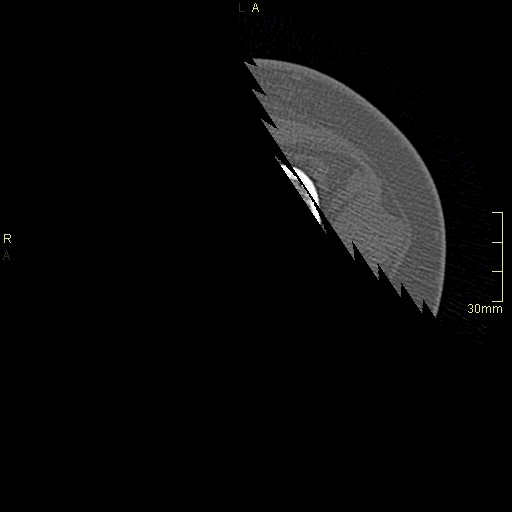
CT Knee Contrast- Bone window (axial)
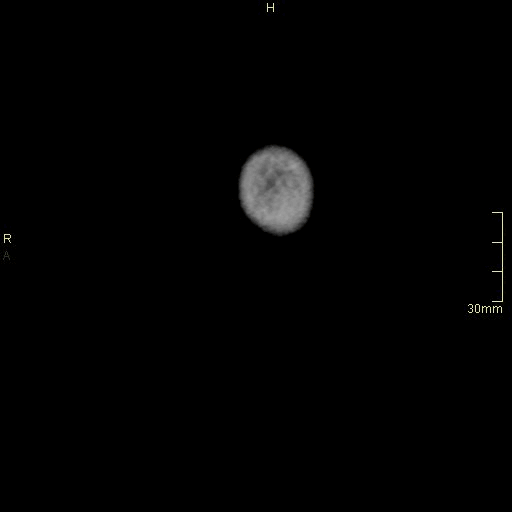
CT Knee Contrast- Soft tissue window (coronal)
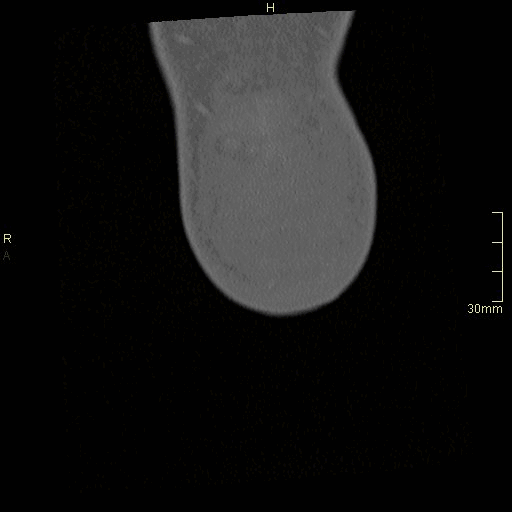
CT Knee Contrast- Bone window (coronal)
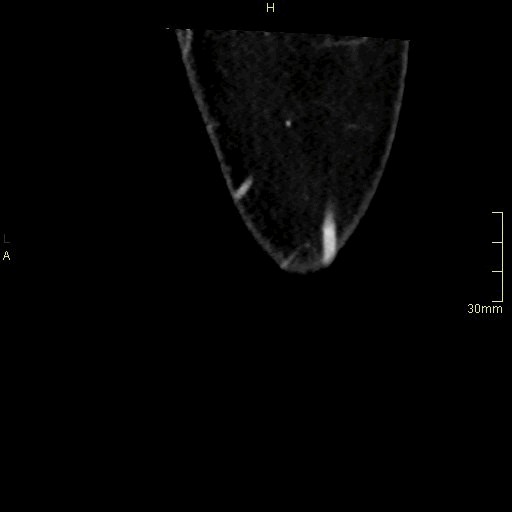
CT Knee Contrast- Soft tissue window (sagittal)
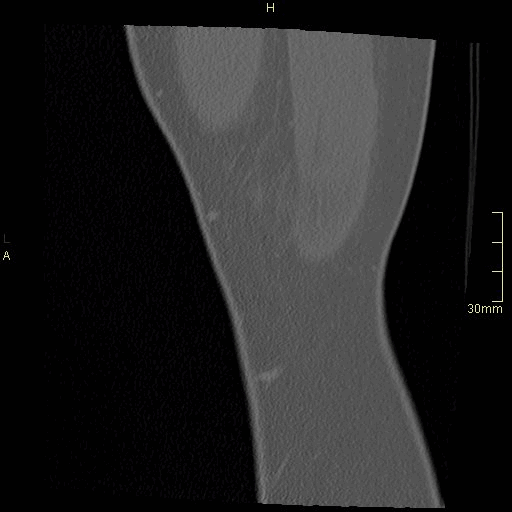
CT Knee Contrast- Bone window (sagittal)
CT KNEE NON CONTRAST
FOR ALL EXTREMITIES, PLEASE REFERENCE SIDE AND REGION OF INTEREST TO BE SCANNED IN CT REQUEST
INDICATIONS (1-4)
-
Chronic Knee pain:
- gout or pseudo gout suspected (X-ray inconclusive) -
Osteonecrosis of the knee, articular collapse on x-ray, peri-operative planning
-
Primary bone tumour of the knee- osteoid osteoma suspected on x-ray or clinical exam
-
Knee trauma:
- Fall or twisting, tibial plateau fracture on x-ray, additional bone or soft tissue injury suspected
- Distal femoral, patella or proximal tibial fractures (for further characterisation)
- Dislocations (for further characterisation, consider angiography if vascular compromise present) -
Knee replacement and pain:
- Aseptic loosening suspected, no infection (x-ray inconclusive)
- Peri-prosthetic fracture suspected (x-ray inconclusive)
- Instability suspected, no infection
- Osteolysis suspected, no infection -
Post-operative follow-up
-
Pre-operative planning
-
Patellofemoral dysplasia and maltracking
PATIENT PREPARATION
-
Patient able to lie still for five minutes
-
Not claustrophobic (sedation may be given)
-
Cognitively capable of following basic instructions
-
Metal artefacts removed from the region of interest
-
No respiratory distress when lying supine
ANATOMY INCLUDED
SCAN RANGE: Above patella to below tibial tuberosity (or to include area of interest i.e fracture)
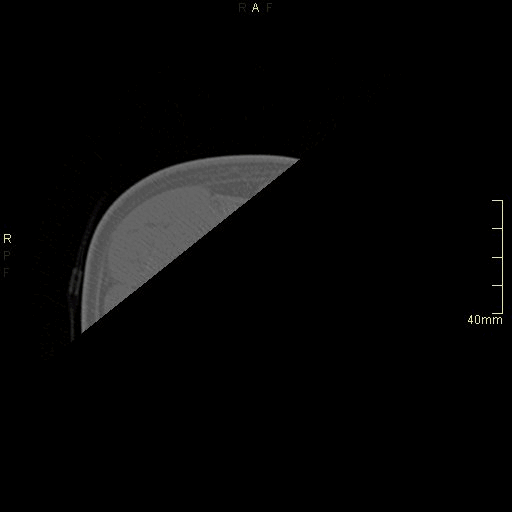
CT Knee Non Contrast- Bone window (axial)
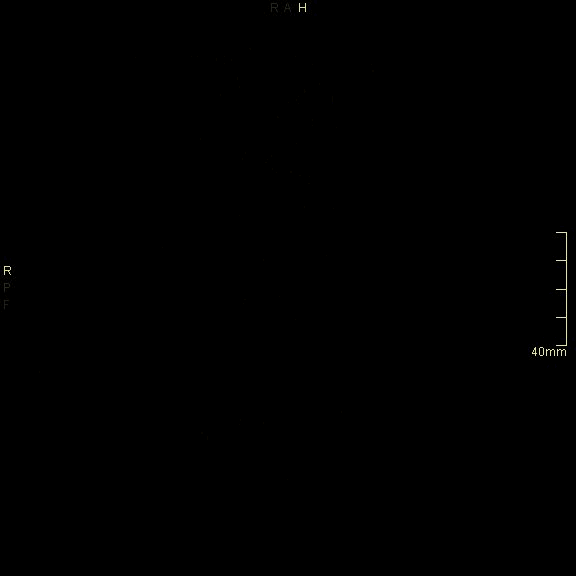
CT Knee Non Contrast- Bone window (coronal)

CT Knee Non Contrast- Bone window (sagittal)
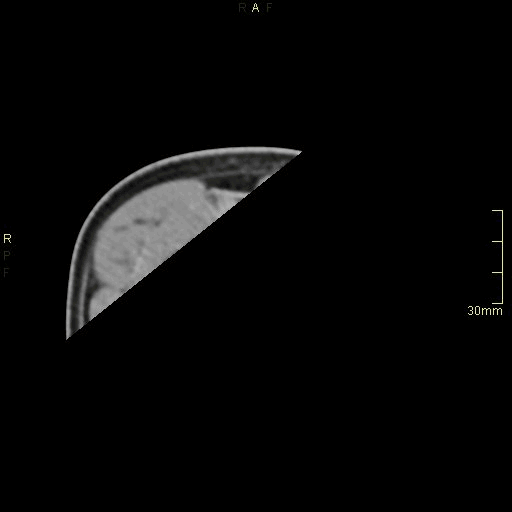
CT Knee Non Contrast- Soft tissue window (axial)
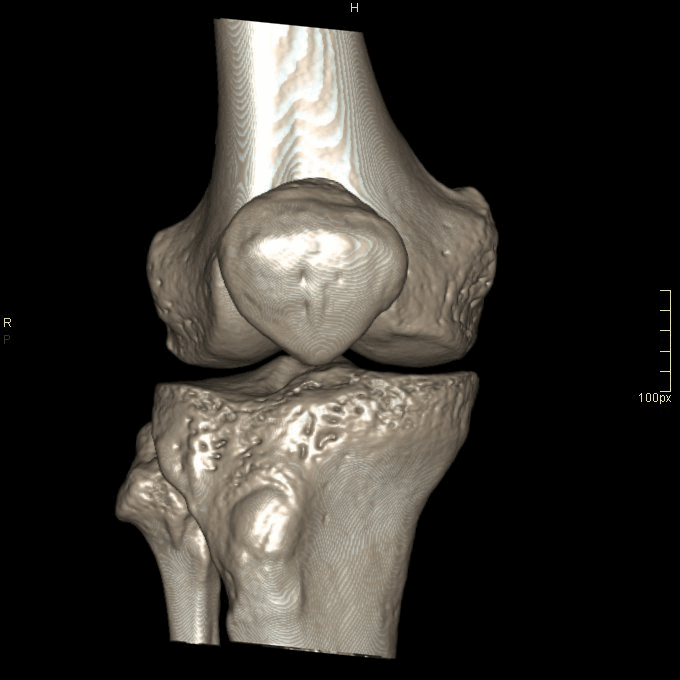

*Extra 3D Reconstructions Available
REFERENCES
-
American College of Radiology (ACR). Appropriateness Criteria. [ Internet]. 2022 [Updated 2023, Cited 23 Jan 2024]. Available from https://www.acr.org/Clinical-Resources/ACR-Appropriateness-Criteria
-
De Filippo, M., Bertellini, A., Pogliacomi, F., Sverzellati, N., Corradi, D., Garlaschi, G., & Zompatori, M. (2009). Multidetector computed tomography arthrography of the knee: Diagnostic accuracy and indications. European Journal of Radiology, 70(2), 342–351. https://doi.org/10.1016/j.ejrad.2008.01.034
-
Cyteval, C. (2016). Imaging of knee implants and related complications. Diagnostic and Interventional Imaging, 97(7–8), 809–821. https://doi.org/10.1016/j.diii.2016.02.015
-
Konda, S. R., Goch, A. M., Leucht, P., Christiano, A., Gyftopoulos, S., Yoeli, G., & Egol, K. A. (2016). The use of ultra-low-dose CT scans for the evaluation of limb fractures. The Bone & Joint Journal, 98-B(12), 1668–1673. https://doi.org/10.1302/0301-620x.98b12.bjj-2016-0336.r1